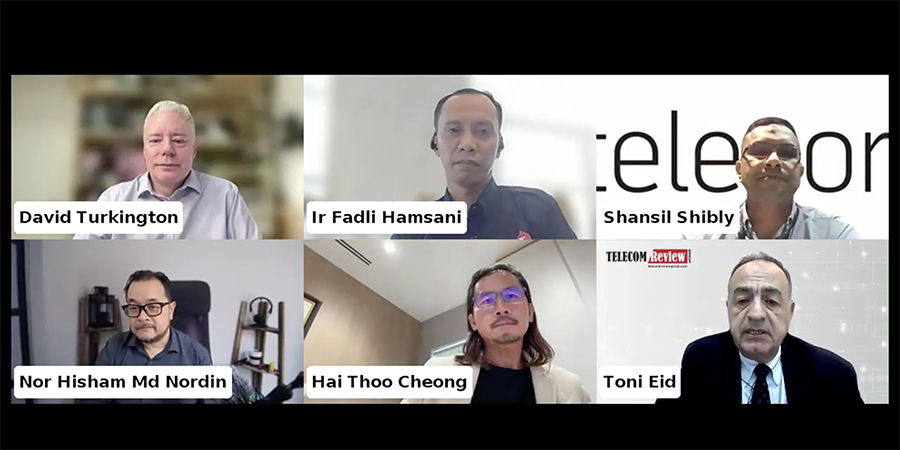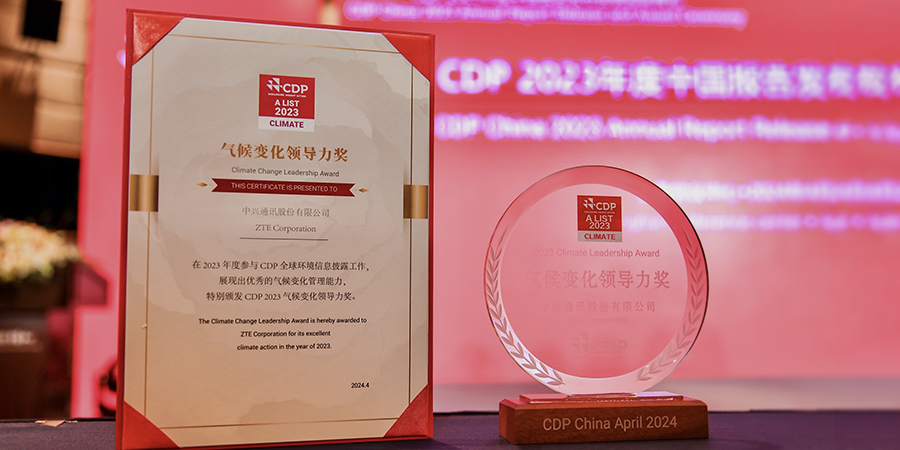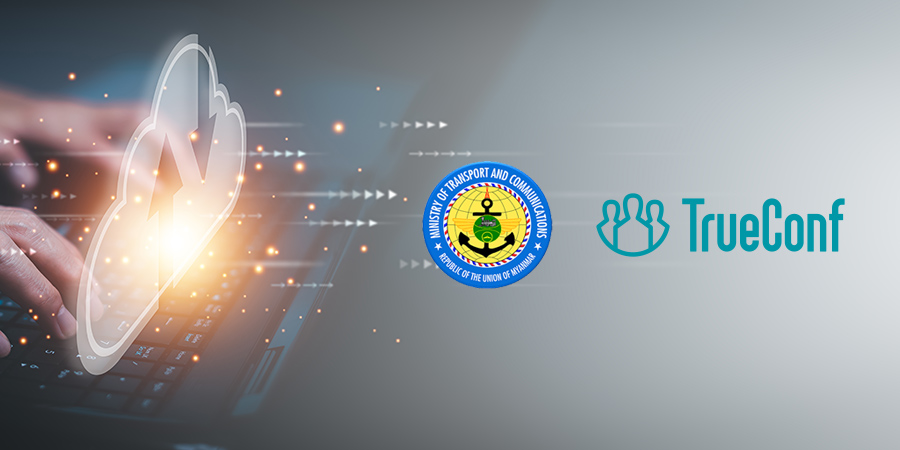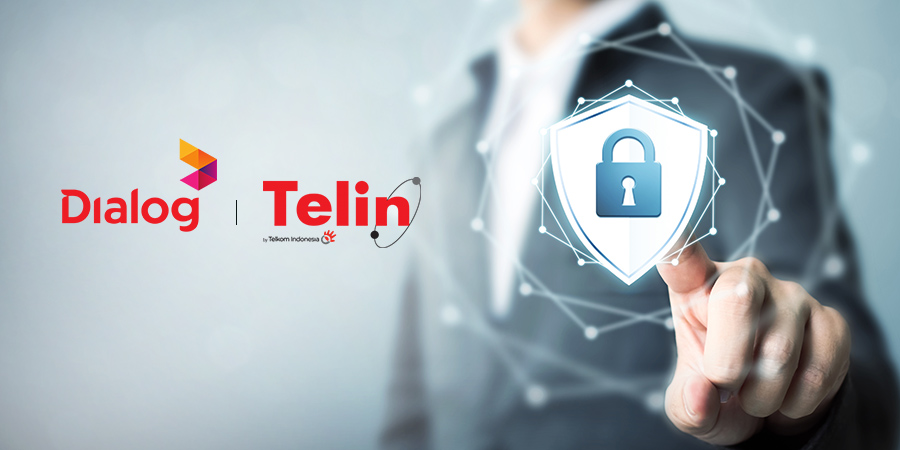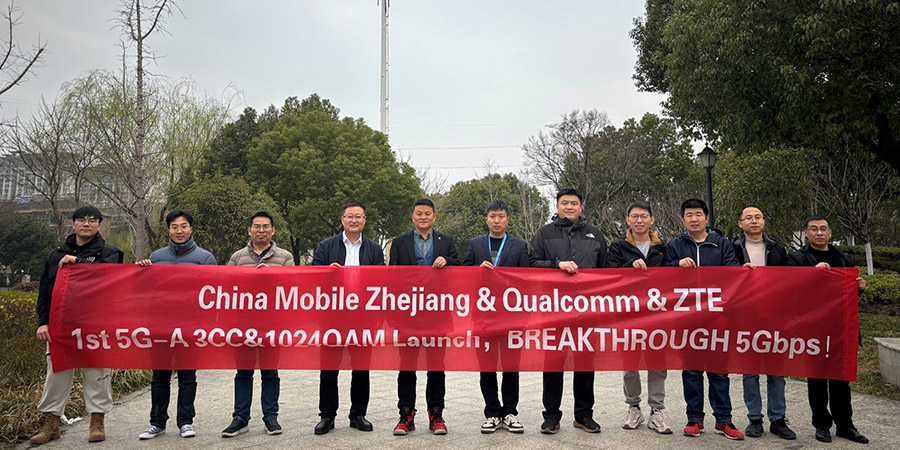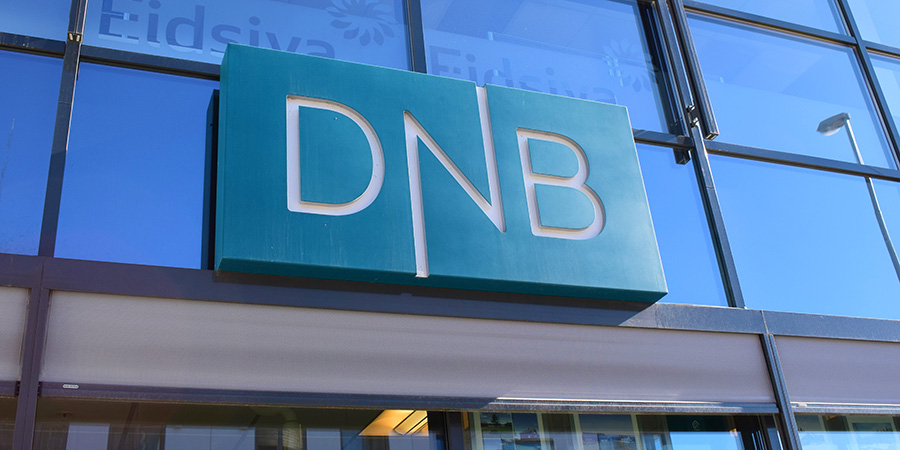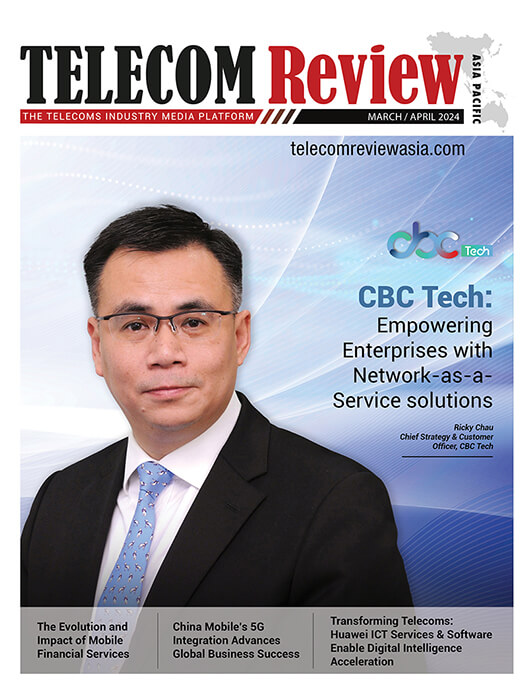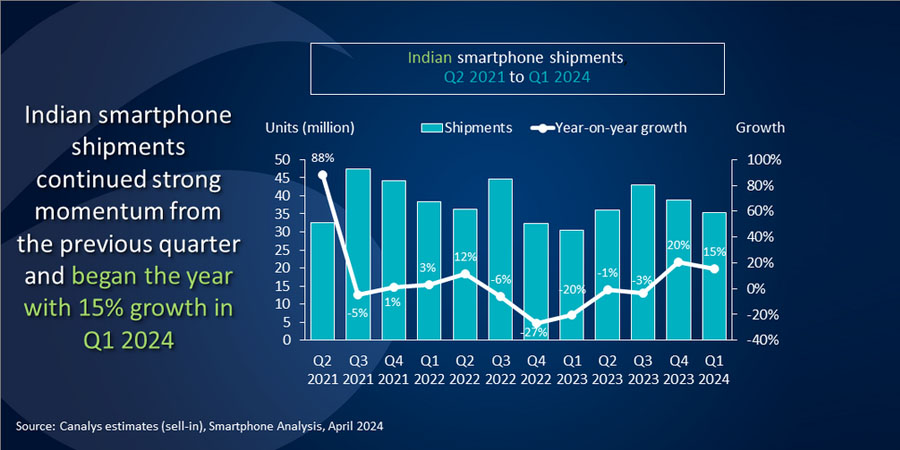Fixed Wireless Access (FWA) meets rising global demand for wireless connectivity, enabling 5G for rapid, cost-effective, scalable, and dependable connectivity that catalyzes digital transformation across Asia.
In an exclusive interview with Telecom Review, Eric Purcell, Senior Vice President Global Partner Sales & Alliances, and John Boladian, Vice President of Partner Sales for Asia Pacific at Cradlepoint, delved into the myriad growth opportunities presented by leveraging FWA to harness the full capabilities of 5G technology.
Singapore is one of the global leaders when it comes to 5G adoption. Which factors are driving the country's rapid 5G adoption?
John Boladian: Singapore consistently leads in technology adoption, especially in Asia, case in point 4G rollout and adoption. This success stems from robust support from public sector entities, fostering rapid and enhanced connectivity amid ongoing digital transformation.
This transformation is evident across multiple sectors. For instance, emergency services are upgrading their communication methods to better track and enable workers, while ports are modernizing to streamline processes. An example would be the development of the new Tuas Port by the Maritime & Port Authority of Singapore, where 5G technology will enable the use of autonomous guided vehicles (AGVs) for tasks like container handling. With 5G's low latency, AGVs become feasible and essential for the seamless operation of critical infrastructure.
Even tasks like street sweeping can be modernized. Singapore's fleet of traditionally-manned street sweepers are transitioning towards driverless vehicles. Equipped with intelligent computer vision or remote piloting, these vehicles signify the next generation in street maintenance.
Cradlepoint excels in providing platforms that facilitate 5G connectivity for various use cases, especially in vehicles. Our platform acts as a hub, connecting IoT sensors, cameras, and other devices within the vehicle, leveraging high-speed, low latency 5G connectivity. This allows system integrators and customers to seamlessly integrate diverse use cases through a reliable connectivity solution from Cradlepoint.
Can you elaborate on how Cradlepoint contributes to the growth of FWA services for service providers? Additionally, what are the advantages of deploying Cradlepoint's FWA solutions?
Eric Purcell: Fixed Wireless Access (FWA) represents the fastest growing broadband solution globally, currently being offered by about 125 service providers worldwide and the number of FWA connections in Asia Pacific is expected to more than triple by 2029. Cradlepoint’s primary objective is to assist service providers in effectively capitalizing on their investments in 5G technology, which encompasses the delivery of business services in addition to 5G infrastructure implementation.
Cradlepoint focuses on facilitating the provision of a better business-centric internet experience. To achieve this goal, we offer an enterprise-grade, cost-effective solution tailored specifically for service providers to deploy 5G technology optimized for Secure Access Service Edge (SASE). Through collaborative partnerships with service providers, we actively develop innovative solutions aimed at delivering a next-generation experience for businesses of varying scales, including small and medium-sized enterprises as well as distributed businesses, and temporary or pop-up locations.
Our focus extends beyond the provision of basic business-class internet connectivity. We endeavor to serve as a medium for transitioning businesses towards 5G connectivity through our cloud management platform, which makes a significant difference. This platform incorporates our NetCloud Manager, a user-friendly interface seamlessly integrated into existing management platforms. Complementing this platform is our purpose-built endpoint solution—the X10—which combines cost-effectiveness with enterprise-grade service capabilities. This solution also empowers service providers to offer additional services to their customers, starting with standard internet connectivity with cloud management and zero-touch deployment, thus optimizing cost efficiency while facilitating basic troubleshooting.
Moreover, Cradlepoint’s offerings span a range of service tiers, enabling service providers to cater to diverse client needs, which entails improvements in network stability, traffic prioritization, Quality of Service (QoS) implementation, leveraging network slicing, and mitigating data loss. Ultimately, our aim is to facilitate the transition towards premium offerings, characterized by advanced features such as link bonding, failover and failback mechanisms, and enhanced security measures integrated into our 5G SASE portfolio.
In partnership with service providers, our streamlined management platform enables seamless customer onboarding, ensuring a superior experience supported by the flexibility and agility inherent in 5G technology.
John Boladian: Operators are really aiming to monetize their 5G investments, and the FWA avenue provides a great opportunity for them to do so. Depending on the country's infrastructure, such as if it's highly developed like Singapore with mature cabling infrastructure, the focus might lean towards a failover-type scenario. However, in countries where fixed infrastructure is still expanding and costly, such as the Philippines or Indonesia, where islands pose geographical challenges, a robust 5G network developed by operators offers a straightforward way to monetize their investment, while providing a cost-effective solution to customers. This creates a win-win situation where customers get a service at a lower cost, and operators see a significant increase in ARPU. It's a promising prospect for countries grappling with infrastructure challenges, making 5G fixed wireless access an appealing and practical option.
Could you provide an instance illustrating how Cradlepoint collaborates with service providers to capitalize on the growing demand for 5G, along with the outcomes of this collaboration?
Eric Purcell: Cradlepoint’s collaboration with service providers goes beyond just offering a product portfolio; it encompasses how we package and deliver solutions, including accompanying software. We are keen on aligning our hardware and software models with the managed service approach adopted by service providers. Our aim is not just to provide a suite of services; we aim to help them create, deliver, and market those services effectively.
We have invested not only in developing our portfolio but also in ensuring that our packaging and pricing structures fit seamlessly into the managed service model. Moreover, we have dedicated people ready to support service providers at every stage, from conceptualizing service ideas to delivering them to customers.
Our key differentiators, such as the cloud management platform and purpose-built endpoints, are complemented by our comprehensive approach to support and execution. We're committed to enabling service providers to offer differentiated solutions to their customers.
While our solutions can serve as primary connectivity for a business or act as failover options, they can also serve as the foundation for broader connectivity strategies. Through our NetCloud platform, businesses can extend connectivity beyond their branches to include vehicles, fleets, digital signage, IoT applications, and more. We are working with service providers to showcase how 5G can truly transform enterprises, while also providing the capability to add additional services and enhance security for these organizations.
Looking ahead, how does Cradlepoint guarantee the flexibility of its FWA solutions amid rising demand for customized offerings and the gradual shift towards 5.5G in the industry?
Eric Purcell: As part of Ericsson, Cradlepoint gains access to a vast network and resources, propelling us into an advantageous position. Ericsson has been at the forefront of building the majority of 5G networks worldwide in collaboration with major operators. This presents a great opportunity for us to collaborate closely and leverage the connectivity benefits of these 5G cores within our 5G enterprise plan.
Our aim is to deliver differentiated solutions, such as standalone 5G (5G SA), which unlocks additional feature functionalities like network slicing, enabling us to provide truly unique and tailored services. Being part of Ericsson gives us a sense of comfort and confidence and positions us to continue leading the industry in delivering the benefits of core networks merged with enterprise 5G solutions.
John Boladian: With Ericsson's strong presence in Singapore and the broader Asia Pacific, and established relationships with operators, we've gained a deep understanding of network operations. This has enabled us to collaborate closely with operators to optimize Cradlepoint’s device performance within their networks.




